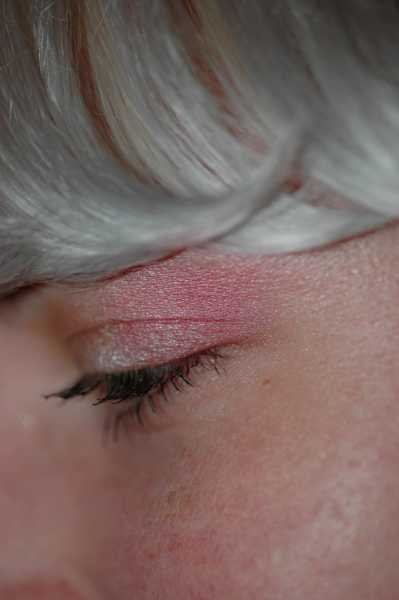 A few interesting facts about spectacles and reading glasses for you. Happy viewing.
A few interesting facts about spectacles and reading glasses for you. Happy viewing. Easier, 10 Qns, Creedy,
Apr 24 24
 A few interesting facts about spectacles and reading glasses for you. Happy viewing.
A few interesting facts about spectacles and reading glasses for you. Happy viewing.  My starry eyed optimism gives me hope that you'll enjoy this quiz on the various parts of the eye.
My starry eyed optimism gives me hope that you'll enjoy this quiz on the various parts of the eye. |
|
|
|
 Quick Question
Quick Question|
|
 = Top 5% Rated Quiz,
= Top 5% Rated Quiz,
 Top 10% Rated Quiz,
Top 10% Rated Quiz,
 Top 20% Rated Quiz,
Top 20% Rated Quiz,
 A Well Rated Quiz
A Well Rated Quiz
· All questions, answers, and quiz content on this website is copyright FunTrivia, Inc and may not be reproduced without permission. Any images from TV shows and movies are copyright their studios, and are being used under "fair use" for commentary and education.